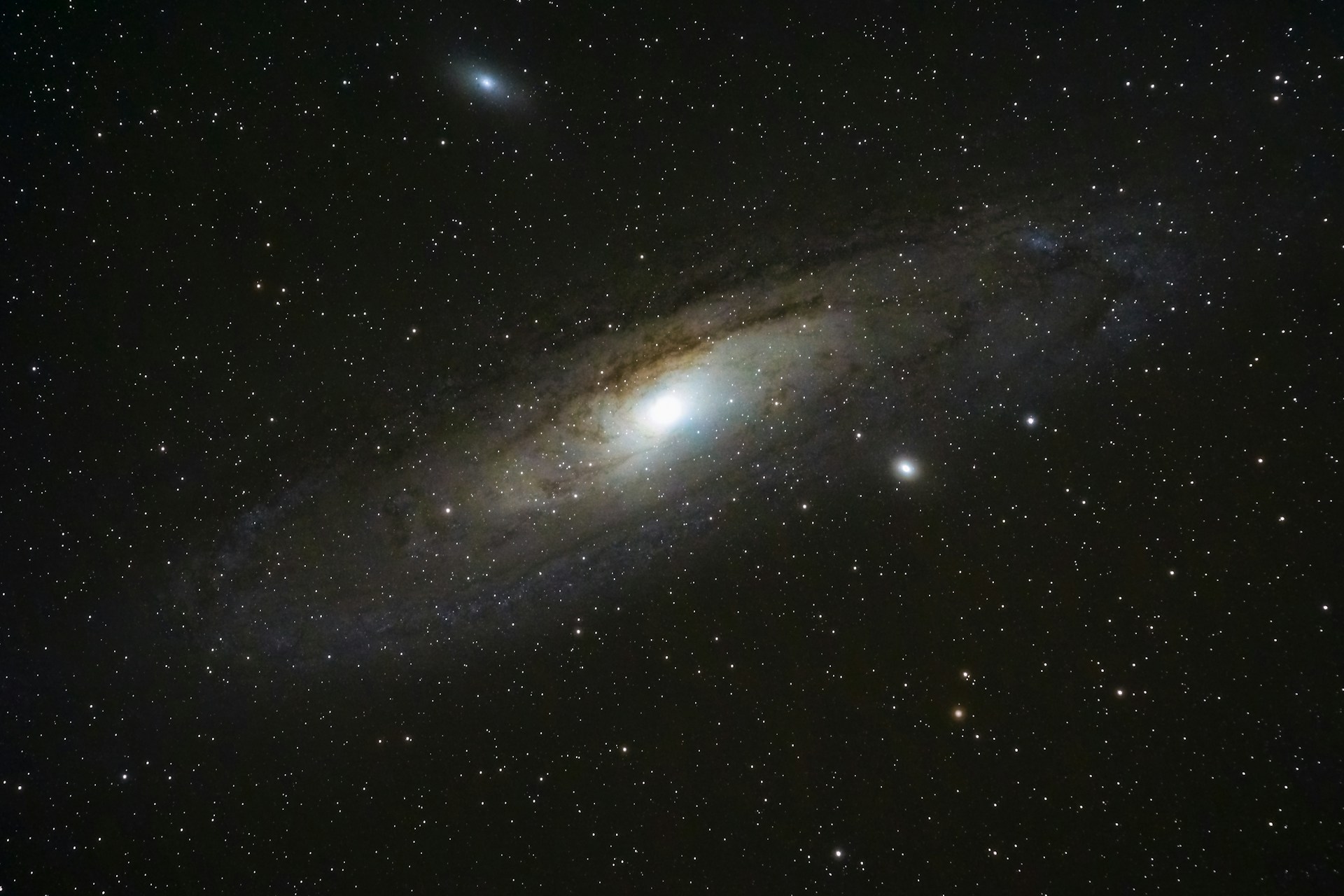The general theory of relativity states that a galaxy requires sufficient mass to be stable. However, many galaxies don’t have the right amount of visible matter, even though gravity still holds them intact. Scientists attributed this to the existence of dark matter, an invisible substance that doesn’t interact with light, but has mass, and acts as the “glue” holding the galaxy together.

However, a new study suggests that gravity can act even without the presence of mass. This calls into question the necessity of the dark matter concept. The theory’s author, Richard Lieu of the University of Alabama in Huntsville, explains that the idea of dark matter has little direct evidence, even after a century of searching.
Topological defects as a source of gravity
According to Lieu’s theory, gravity in some galaxies may arise from so-called “topological defects”. These structures have a high density, and they probably formed in the early stages of the Universe during phase transitions – phenomena when matter undergoes significant changes.
Defects can be in the form of space strings or shells. The shell consists of two layers: the inner one with positive mass and the outer one with negative mass. Taken together, their mass is zero, but they create strong gravity. If a star falls on such a shell, it is subjected to a force that attracts it to the center of the shell.
Analogy with the gravitational bending of light
This effect resembles the behavior of photons. Although they have no mass, they respond to gravity because the bending of spacetime affects everything within it. Light passing by massive objects changes its path due to gravitational bending.

Until now, the presence of a gravitational bending with no apparent mass has been considered a sign of the existence of dark matter. However, Lieu proposes an alternative explanation: galaxies and their clusters are composed of several shell-topological defects. Light passing through such shells is bent, which creates the illusion of a large mass.
New approach or math exercise?
Despite the new theory’s boldness, Lieu recognizes that it cannot completely disprove the concept of dark matter yet. He also emphasizes that it is not known what kind of phase transition could have created such defects in the Universe. However, this research has already been an important step in understanding that gravity can exist without mass.
In general, this theory offers a new way to explain the structure of the Universe, but requires further research to confirm or refute its conclusions.
We previously reported on how invisible matter could generate “dark photons”.
According to interestingengineering.com


